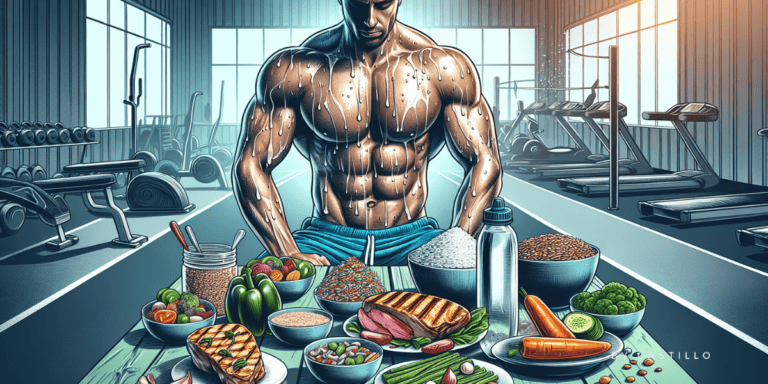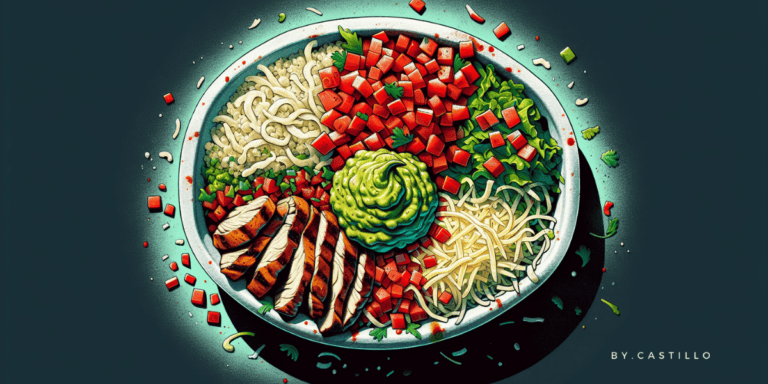The Best Workout Split For Fat Loss And Muscle Gain I Follow

Have you been on the sidelines wondering how to burn stubborn belly fat while gaining lean muscle mass?
Let’s go over the best workout split for fat loss and muscle gain that I follow. Please keep in mind, that this is my approach, and what works for me may not work for others. I just want to explain my approach so you understand the method behind my madness.
Hopefully, this will help you craft your own workout routine to burn fat and gain muscle simultaneously.
I am not a certified trainer, so please consult with your personal sports medicine physician before attempting any of these exercises.
We are going to go over the 5 compound movements I do each week to build strength and muscle. Then get into HIIT and my weekly routine for muscle mass gain and fat loss.
Alright, let’s get it!
Key Take Aways:
Use the 5 compound movements to build muscle and strength. These exercises will help you build muscle mass, burn fat, and gain overall body strength, thanks to targeting specific muscle groups when performing each exercise.
Incorporate, HIIT to lose fat. These short bursts of high-intensity exercises will help you shed unwanted body fat and promote fat loss even after you are done working out.
Create a HIIT exercise list and create your own HIIT workout program.
Get plenty of rest and nutrient-rich food into your diet to support your active lifestyle.
Approach this at your physical level and gradually increase the intensity as you become more advanced.
The 5 Compound Movement Exercises (Build Muscle Mass)
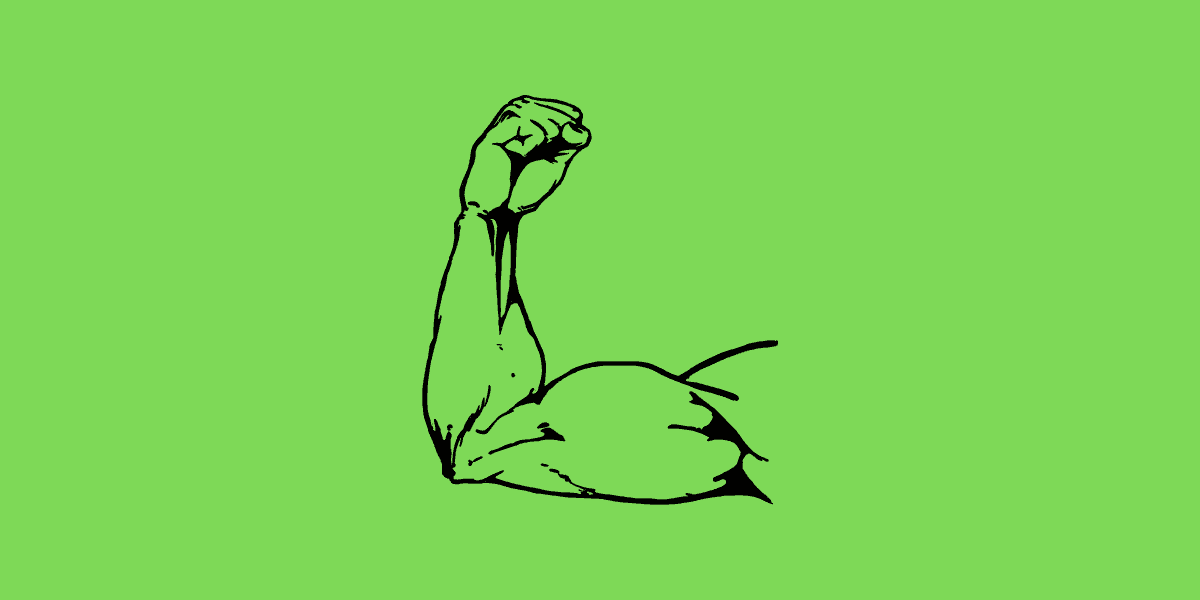
Alright, let’s chat about the powerhouse moves that’ll take your workout to the next level:
bench presses
deadlifts
squats
shoulder presses
pull-ups
These exercises are like your fitness squad—they’ve got your back, literally, from head to toe.
Now, here’s the scoop: when you rock these compound movements, you’re not just toning up one muscle group; you’re giving your entire body a solid workout. It’s like hitting the jackpot of strength and muscle gains.
But hey, no need to dive straight into lifting the heavy stuff from the get-go.
We’re all about that FORM-FIRST MENTALITY HERE!
Think of it like mastering the perfect pancake flip—you want to nail it every time before you start showing off your skills with a stack of weights. So, take your time, focus on getting that form spot-on, and the heavy lifting will come naturally.
You’ve got this!
What Are Compound Movements Exercises?

Compound movement exercises are like the MVPs of your workout routine.
Picture this: you’re at the gym, ready to tackle your fitness goals. Instead of focusing on just one muscle group at a time, compound movements work multiple muscle groups all at once.
It’s like hitting several birds with one stone but in a totally non-violent, fitness-friendly way.
Take the classic squat, for example. When you squat, you’re not just giving your quads a workout; you’re also engaging your glutes, hamstrings, and even your core to keep you stable.
That’s efficiency at its finest!
Other compound movements include deadlifts, bench presses, shoulder-press and pull-ups. They’re the heavy hitters of your workout routine, giving you more bang for your buck in terms of muscle engagement and calorie burn.
So, next time you’re at the gym, remember to sprinkle some compound movements into your workout. Your muscles will thank you, and you’ll be one step closer to your fitness goals.
1. Bench Press
You’re lying on a bench, barbell in hand, ready to unleash your inner strength. That, my friend, is the bench press—a classic move that’s all about flexing those muscles and building serious strength.
So, here’s the lowdown: when you’re doing a bench press, you’re mainly targeting your chest muscles (that’s your pecs, to be precise). But wait, there’s more! You’re also getting your shoulders and triceps in on the action. It’s like a full-upper-body party, but with weights.
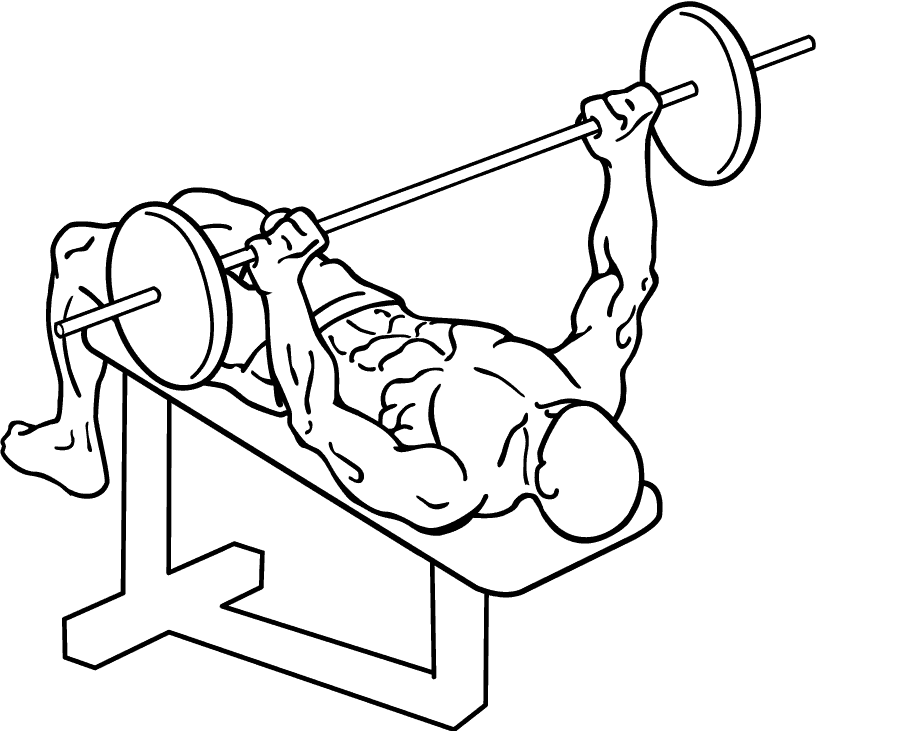
As you lower the weights down to your chest, your pecs are doing the heavy lifting. As you push the weight back up your shoulders and triceps kick in to help you power through the rep.
You are sculpting your chest, shoulders, and arms all in one go! Plus, the more you bench, the stronger you’ll become. It’s a win-win for your muscles and a huge confidence boost!
2. Deadlift
let’s talk about the deadlift.
A true powerhouse move in the world of strength training. Just picture yourself standing tall with a weighted barbell at your feet, you squat down and grab it with a shoulder-width grip, and explode up! That’s the deadlift in action, my friend.
Now, here is the scoop! When you deadlift you’re hitting every single major muscle group in your body. It’s like the ultimate full-body workout!
So what muscles are engaging in the action? Well, let’s start from the ground up. As you lift those weights off the floor, your legs, specifically your hamstrings and glutes—are firing on all cylinders to give you that power boost. Meanwhile, your lower back muscles are keeping you stable and strong. And let’s not forget about your core, it’s working overtime to keep everything in check.

But there’s more! As you stand tall with those weights in hand, your upper body muscles (traps, lats, and forearms) are also getting in on the action to help you maintain proper control.
It’s a chain reaction of full-body muscle activation all working together to make you feel like an absolute beast! So, next time you’re at the gym, don’t forget to show the deadlift some love.
You will be very surprised how much stronger you get once you incorporate deadlifts into your weekly routine.
3. Squats
Alright, let’s chat about one of the OG moves in the fitness world, the squat.
You’re standing tall, feet shoulder-width apart, ready to dip it low and unleash the power of your legs. That’s the squat, a total game-changer for building muscle and strength.
So what’s the deal with the squat? Well…

When you squat, you’re not just working those leg muscles. You are hitting a whole bunch of other ones too. First, let’s talk about those leg muscles. As you lower your body down, your quads (those big muscles on the front of your thighs) are doing the most of the heavy lifting. Your glutes (aka your booty) are also getting in on the action to help you power through each rep.
But it doesn’t stop there. Your hamstrings (the muscles on the back of your thighs) are also getting a solid workout along with your calves.
And let’s not forget about your core and lower back!
Your core is putting in overtime to keep you stable and balanced throughout the whole range of motion while your lower back stays engaged to provide extra stability.
4. Barbell Shoulder Press
Ah, the shoulder press.
A move that’ll make you feel like you’re conquering the world one rep at a time. Grab a barbell, load it with decent weight, and press it over your head to give your shoulders a serious workout.
So, what’s the deal with this exercise? Well, when you do a shoulder press you are working out your deltoids (those shoulder muscles). But, you are also engaging your whole upper body.
As you press the weights overhead, your shoulders are doing the heavy lifting. But, your triceps (the muscle on the back of your arms) are also working to help you push through each rep with power and precision.
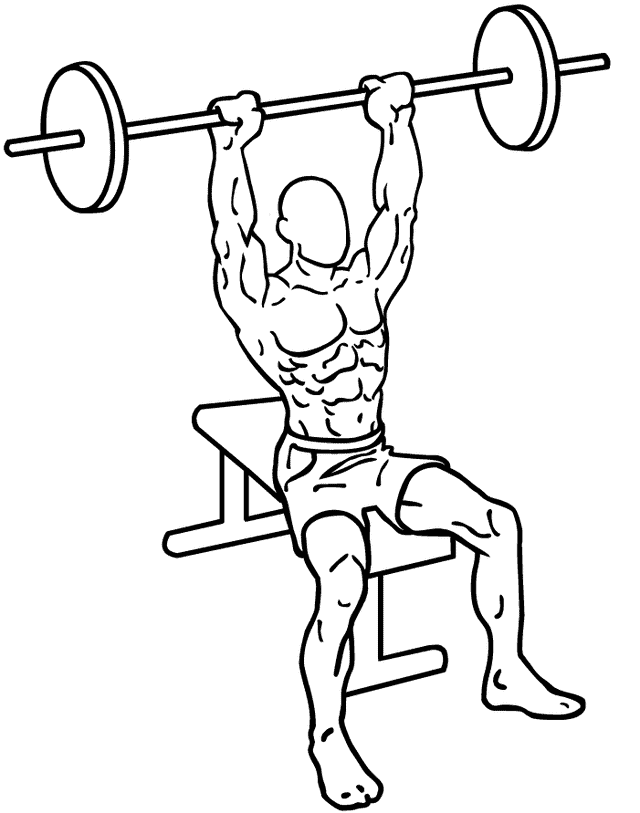
And let’s not forget about your traps (that’s short for trapezius muscle), chest, and even your core. They’re all working together to keep you stable and balanced throughout the movement.
5. Pull-ups
And last but not least…pull-ups.
A classic move that’ll have you feeling like a superhero! Simply hang on a bar with your grip at shoulder width and pull yourself up towards greatness. That’s the pull-up in action!
So, here’s the scoop. When you are busting out those reps you are mainly targeting your back muscles. Your lats (latissimus dorsi) are doing the heavy lifting along with your biceps (muscles in front of your arms) as you pull yourself up.
Let’s not forget your forearms as they are engaged to keep your grip strong and steady throughout the movement.
But, it doesn’t end there.
Pull-ups aren’t just about your back and arms. Nope, they’re also great for engaging your core muscles to keep you balanced and stable while you perform a pull-up.

Benefits Of Compound Movements
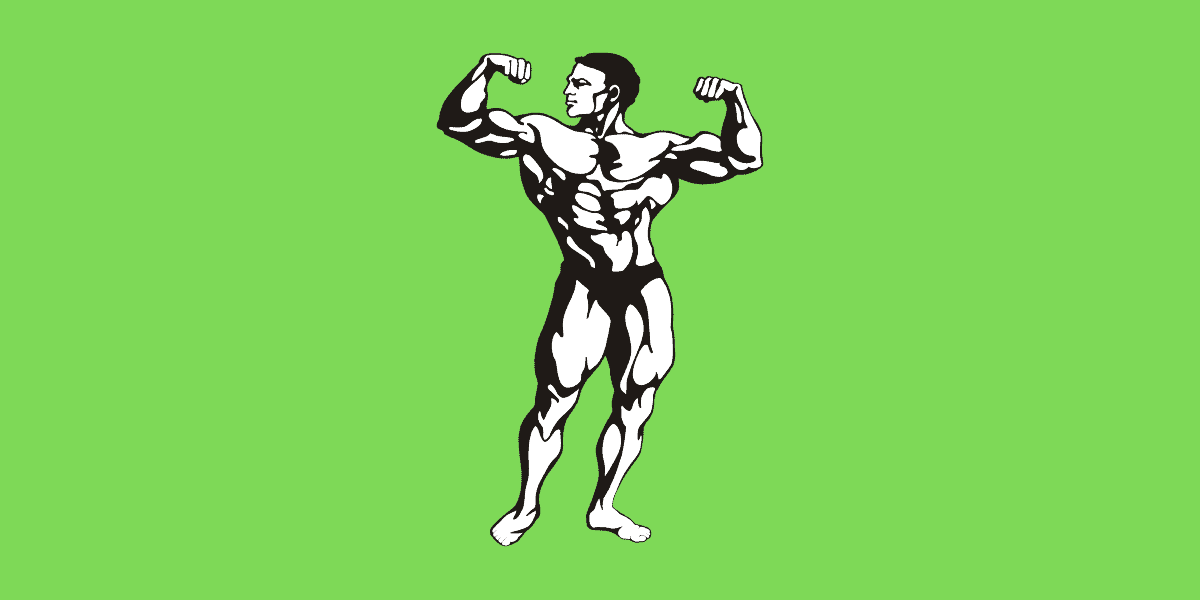
Compound exercises are like the superheroes of the fitness world, and they come with a whole host of benefits.
Here’s the lowdown:
1. Efficiency:
With compound movements, you’re working multiple muscle groups at once. That means you can get more bang for your buck in a shorter amount of time. Who doesn’t love a workout that delivers maximum results in minimal time?

2. Functional Strength:
Compound exercises mimic real-life movements, making them incredibly functional. Whether you’re lifting groceries, picking up your kids, or just tackling everyday tasks, having a strong foundation from compound exercises can make everything easier.

3. Calorie Burn:
Because compound exercises engage so many muscles at once, they tend to burn more calories compared to isolation exercises. So, if you’re looking to torch fat and build muscle, compound movements are your best bet.
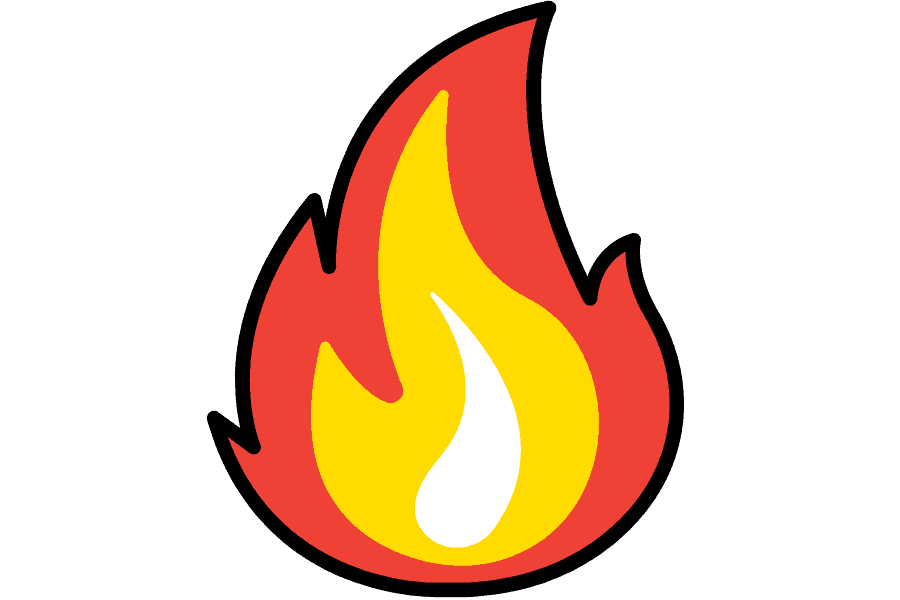
4. Muscle Building:
Speaking of muscle building, compound exercises are great for packing muscle mass. By simultaneously targeting multiple muscle groups, you’re stimulating more muscle fibers, leading to greater muscle growth.
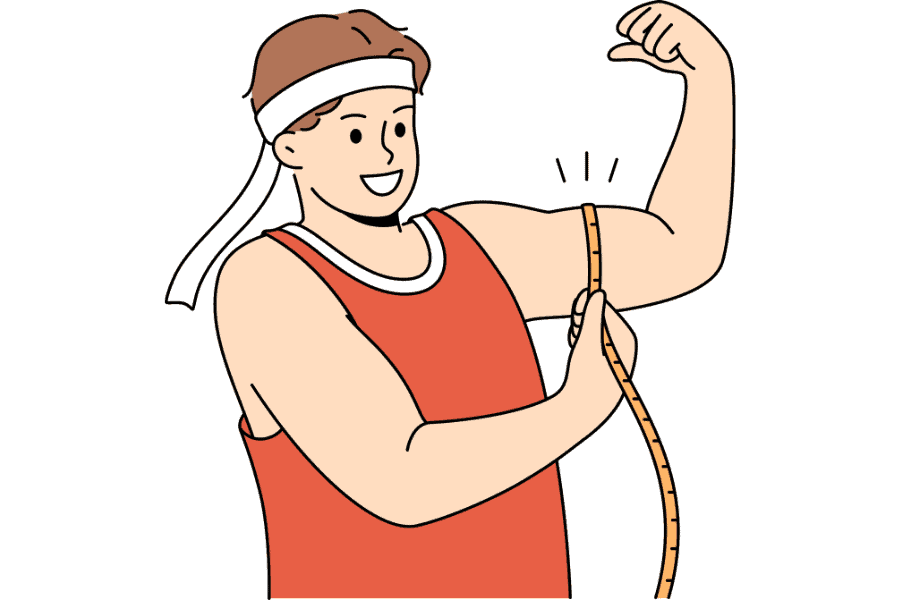
5. Increased Coordination and Stability:
Since compound movements require coordination and stability to perform correctly, they can help improve your overall coordination and balance. Plus, compound exercises can reduce your risk of injury by strengthening the stabilizing muscles around your joints.

6. Time-Saving:
Who has hours to spend in the gym every day? Compound exercises allow you to get a full-body workout in a fraction of the time it would take to target each muscle group individually. That means more time for the things you love outside of the gym.

High-Intensity Interval Training (HIIT) (Burn Body Fat)
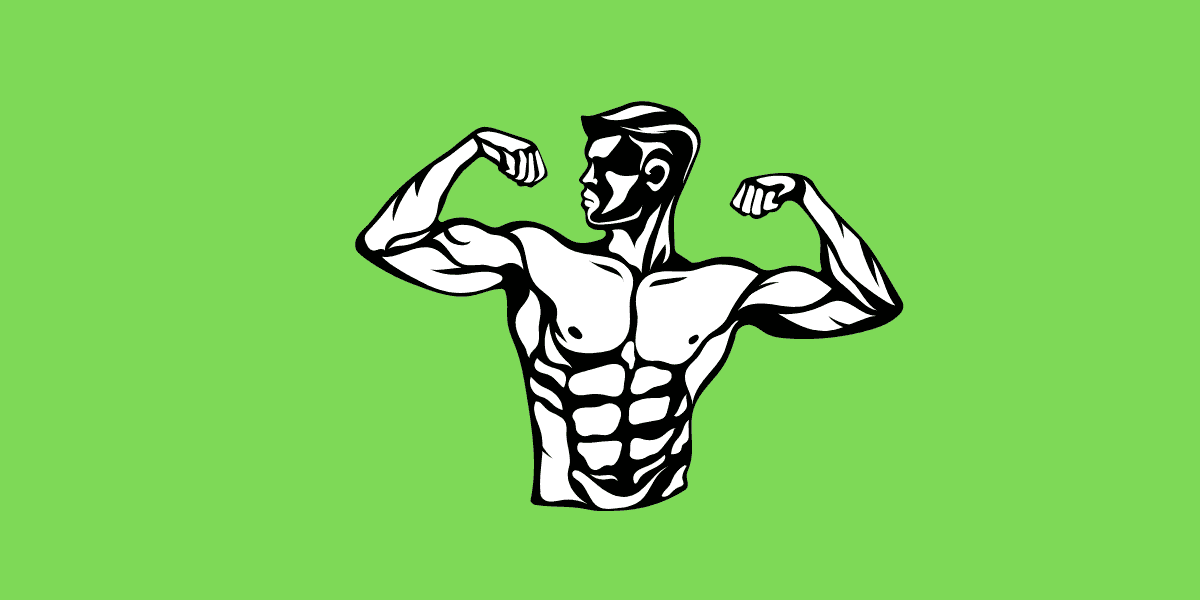
Alright, buckle up because we’re about to dive into the wonderful world of high-intensity interval training, aka HIIT.
When it comes to burning overall body fat it’s all about high-intensity interval training or HIIT for short. You will see your body fat percentage go down and down and down!
Say goodbye to all the fat mass because HIIT is all about losing fat!
What Is High-Intensity Interval Training?

Picture this: you’re at the gym, ready to crush your workout session, but you’ve only got a limited amount of time to spare.
That’s where HIIT swoops in to save the day.
it’s all about pushing yourself to the max in short bursts of intense exercise, followed by brief periods of rest or lower-intensity activity. It’s like giving 110% effort for a short amount of time, then catching your breath before doing it all over again.
Here’s where the magic happens. HIIT has been shown to torch more fat and calories in less time compared to traditional steady-state cardio. That means you can say goodbye to long, boring treadmill sessions and hello to quick, effective workouts that deliver serious results.
Plus, HIIT isn’t just about burning calories during your training session. It also revs up your metabolism, so you continue to burn fat even after you’ve left the gym. It’s like turning your body into a fat-burning furnace that keeps going long after your workout is over.
Here’s the best part. HIIT is super versatile, you can do it with just about any type of exercise. Whether it’s running, cycling, jumping rope, or even bodyweight moves like burpees and mountain climbers. The possibilities are endless!
How To Start High-Intensity Interval Training
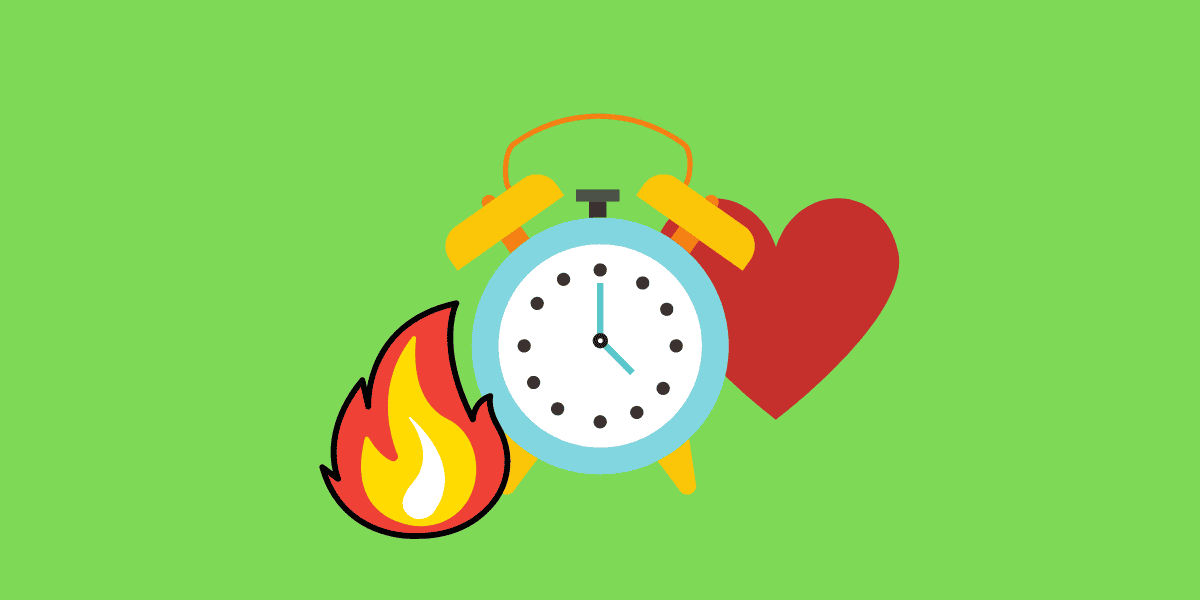
Alright, let’s dive into the exciting world of high-intensity interval training (HIIT)! If you’re ready to kick your workouts up a notch and see some serious results, you’re in the right place.
Starting HIIT might seem a bit intimidating at first, but trust me, it’s easier than you think. Here’s how to get started:
1. Choose Your Workout:
First things first, decide what type of HIIT workout you want to do. Whether it’s running, cycling, jumping rope, or bodyweight exercises, there are endless options to choose from. Pick something that you enjoy and that fits your fitness level.
2. Set Your Intervals:
HIIT is all about alternating between periods of high-intensity exercise and rest or lower-intensity activity. Start with a work-to-rest ratio that feels challenging but manageable, think 30 seconds of work followed by 30 seconds of rest. If you are more advanced try
3. Start Slow:
Don’t feel like you have to go all out right from the start. Ease into HIIT by gradually increasing the intensity and duration of your intervals as you build strength and endurance. Listen to your body and adjust as needed.
4. Focus on Form:
Proper form is key to getting the most out of your HIIT workouts and preventing injury. Take the time to learn the correct technique for each exercise and focus on maintaining good form throughout your workout.
5. Stay Consistent:
Like any other form of exercise, consistency is key when it comes to HIIT. Aim to do HIIT workouts 2-3 times per week, alternating with other forms of exercise to give your body time to recover.
6. Listen to Your Body:
Last but not least, listen to your body and give yourself permission to rest when needed. HIIT is intense, and it’s normal to feel tired and sore after a workout. Make sure to prioritize rest and recovery to avoid burnout.
And there you have it, your guide to starting high-intensity interval training! With a little determination and a lot of sweat, you’ll be crushing HIIT workouts like a pro in no time. Get ready to feel the burn and see the results roll in!
Benefits Of HIIT

Let’s talk about the amazing benefits of high-intensity interval training (HIIT)!
Trust me, once you hear about all the perks, you’ll be itching to lace up your sneakers and break a sweat. Here are just a few reasons why HIIT might just be your new favorite workout when it comes to burning body fat.
1. Maximized Fat Burn:
HIIT is like a fat-burning furnace on overdrive. By pushing your body to its limits with short bursts of intense exercise, you can torch more calories and body fat in less time compared to steady-state cardio. Say goodbye to those stubborn love handles!

2. Increased Metabolism:
It gets even better. HIIT doesn’t just burn calories during your workout, it revs up your metabolism, so you continue to burn fat long after you’ve left the gym. It’s like giving your metabolism a major boost that keeps on giving.
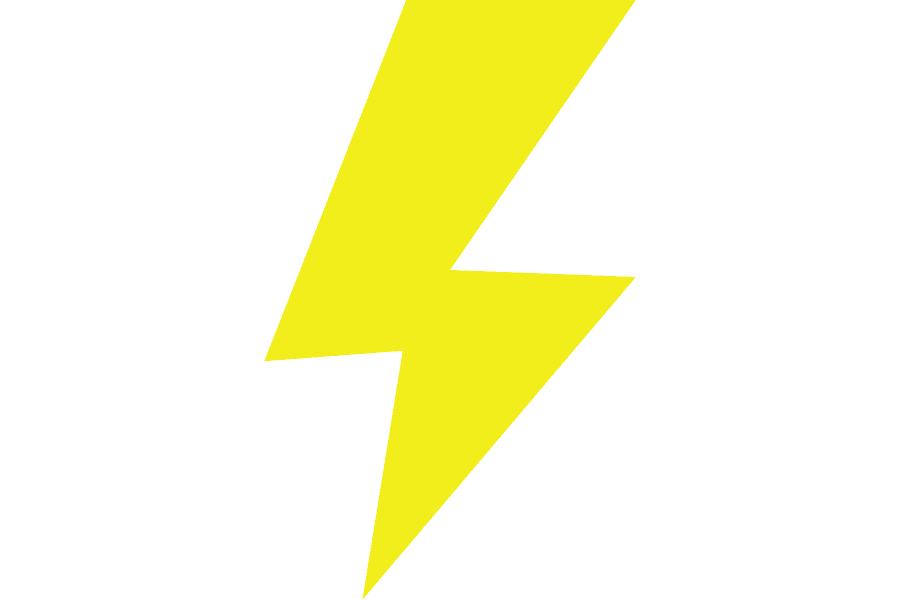
3. Time-Saving:
Who has hours to spend in the gym every day? With HIIT, you can get a killer workout in just 15-30 minutes. That’s right, you can say goodbye to those long, boring treadmill sessions and hello to quick, effective workouts that fit into even the busiest of schedules.

4. Preserved Muscle Mass:
Worried about losing muscle while you’re burning fat? Don’t be. HIIT has been shown to help preserve muscle mass while shedding unwanted pounds, so you can sculpt a lean, toned physique without sacrificing strength.
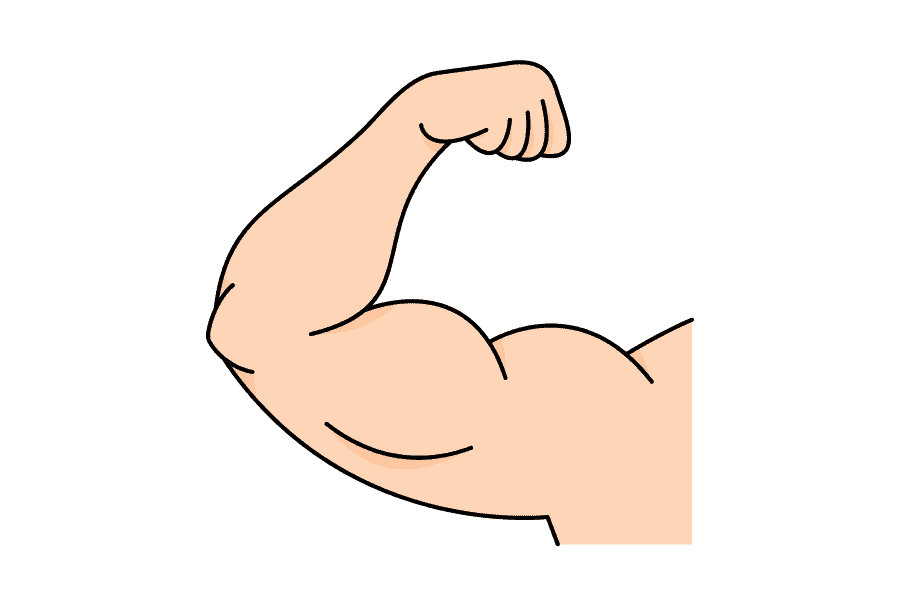
5. Improved Cardiovascular Health:
HIIT isn’t just about looking good—it’s about feeling good too. Regular HIIT workouts can improve your cardiovascular health, boost your endurance, and lower your risk of heart disease. Talk about a win-win!

6. Versatility:
Whether you prefer running, cycling, jumping rope, or bodyweight exercises, there’s a HIIT workout for everyone. Mix and match different exercises to keep things interesting and challenge your body in new ways.

7. Fun and Challenging:
Let’s face it—HIIT workouts are tough, but they’re also incredibly fun and rewarding. There’s nothing quite like the feeling of pushing yourself to the limit and seeing the results pay off.

8. No Gym Required:
That’s right, you don’t even need a gym membership to get a decent HIIT workout in. You can do it anywhere. HIIT can be done outside, at your local park, at the beach, or at home!

HIIT Exercise List
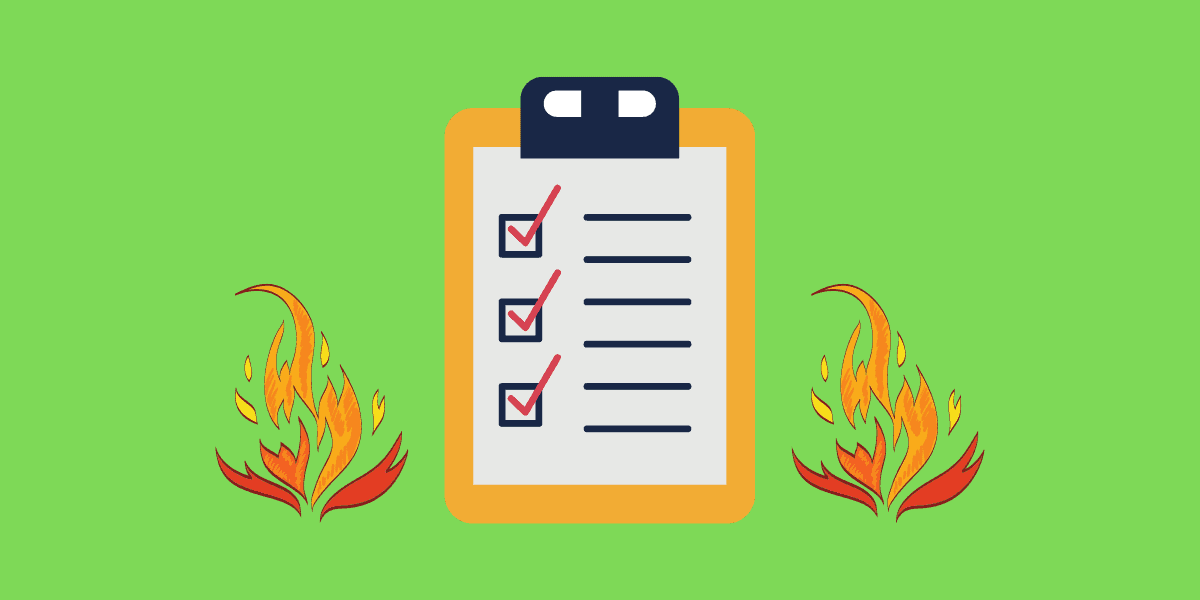
Below is a list of exercises you can choose from and create your very own HIIT workout and burn off that stubborn body fat. Remember to perform each exercise with the proper form to reduce injury.
Burpees
Mountain climbers
Suicide sprints
Bunny hops
Lunges
Jumping Lunges
Push-ups
Knees to elbows
Bear crawls
Box jumps
Jumping jacks
Squats
Jump squats
Skater hops
Jump rope
Crunches
Plank
Pull-ups
Cleans
Put a HIIT Workout Together!
If you are new and just getting into an exercise routine pick at least 3 HIIT exercises from the list. For more advanced people pick at least 4 exercises or more if you want to challenge yourself.
Once you have selected the exercises, it is time to plan out your HIIT training session.
Here is an example:
Burpees x 20 seconds
10-seconds rest
Jumping jacks x 20 seconds
10-second rest
Mountain climbers x 20 seconds
10-second rest
(Repeat 4 times)
If you don’t like keeping an eye on the timer or find it annoying to use, switch the seconds into reps.
Here is an example:
Burpees x 7 reps
10-second rest
Jumping jacks x 15 reps
10-second rest
Mountain climber x 20 reps
10-second rest
(Repeat 4 times)
You can select your own exercises or pick from the list provided above to help you get started.
The key to HIIT is spending more time performing your exercises than resting. So keep rest to a minimum and keep that heart pumping!
My Best Workout Split For Fat Loss and Muscle Gain
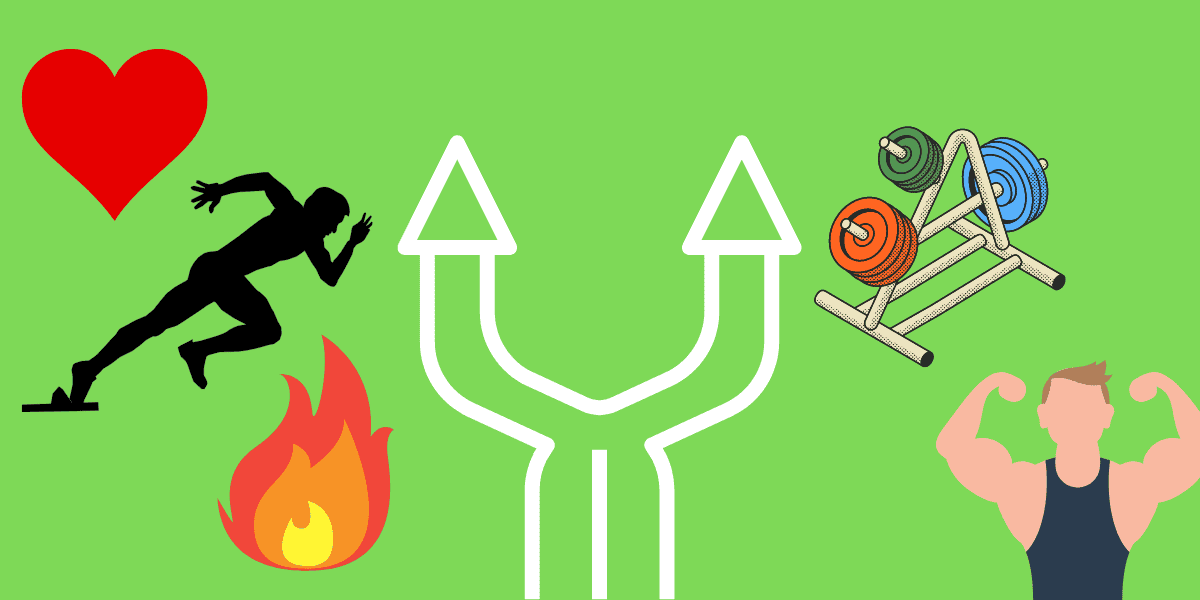
Ok, we are finally here! The best workout split for fat loss and muscle gain.
Keep in mind that my lifting days are focused on intensity (heavy weight with low reps, 3-5 minute rest between sets). This helps me build strength and encourages muscle growth. Toward the end of the week, I rest Thursday and Friday and finish up Saturday and Sunday with a 15-minute to 20-minute HIIT session.
Monday
Squats
Warm-up:
135lbs squat x 15 reps
(3 sets, 1 minute rest between sets)
Working sets:
Set 1: 225lb squat x 6-8 reps
Set 2: 250lb squat x 5-7 reps
Set 3: 275lb squat x 3-5 reps
Set 4: 300lb squat x 3-5 reps
Set 5: 315lb squat x 3-5 reps
(Rest 3-5 minutes between sets)
Shoulder-press
Warm-up:
45lb barbell x 15 reps
(3 sets, 1 minute rest between sets)
Working sets:
Set 1: 80lb shoulder press x 6-8 reps
Set 2: 100lb should press x 5-7 reps
Set 3: 125lb shoulder press x 3-5 reps
Set 4: 135lbs shoulder press x 3-5 reps
(Rest 3 minutes between sets)
Tuesday
Bench Press
Warm-up:
135lb bench press x 20 reps
(3 sets, 1 minute rest between sets)
Working sets:
Set 1: 185lb bench press x 6-8 reps
Set 2: 225lb bench press x 5-7 reps
Set 3: 245lb bench press x 3-5 reps
Set 4: 265lb bench press x 3-5 reps
(Rest 3-5 minutes between sets)
Pull-ups
Warm-up:
Body weight pull-ups x 12 reps
(2 sets, 1 minute rest)
Working sets
Set 1: 45lb weighted pull-ups x 3-6 reps
Set 2: 45lbs weighted pull-ups x 3-6 reps
Set 3: 45lbs weighted pull-ups x 3-6 reps
(Rest 3 minutes between sets)
Wednesday
Deadlift
Warm-up:
135lb deadlift x 15 reps
(3 sets, 1 minute rest)
Set 1: 315lb deadlift x 6-8 reps
Set 2: 360lb deadlift x 3-5 reps
Set 3: 405lb deadlift x 3-5 reps
Set 4: 415lb deadlift x 2-3 reps
Set 5: 420lb deadlift x 1-2 reps
(Rest 3-5 minutes between sets)
Thursday
Rest
Friday
Rest
Saturday
HIIT:
Warm-up:
5-minute jog
HIIT training session
Burpees x 10 reps
Box jump x 10 reps
Suicide sprints
Knees to elbows x 15 reps
(Repeat 4 times, no more than 15 seconds rest between exercises)
Sunday
HIIT:
Warm-up:
5-minute jog
HIIT training sessions
Jumping lunges x 12
Push-ups x 20
Bunny hops x 15
Pull-ups x 7
(Repeat 4 times, no more than 15 seconds rest between exercises)
And there you have it! The split I follow for fat loss and muscle building. There are days the HIIT training sessions get switched up with 4 different exercises to keep my body guessing and make it more enjoyable.
Remember to focus on good form and approach this to your physical level and gradually increase the intensity as you get more advanced.
You will look like a Greek God in no time!
Notice that my weight training workouts are done at the beginning of the week followed by two days of rest to allow muscle tissue to heal. The HIIT training sessions are almost like rest days since they are only 15-20 minutes long, and you get to enjoy the rest of your day.
Workout plan benefits:
Burn fat
Gain muscle
Full body training
Weight loss
Builds strength
Builds endurance
Continue To Improve
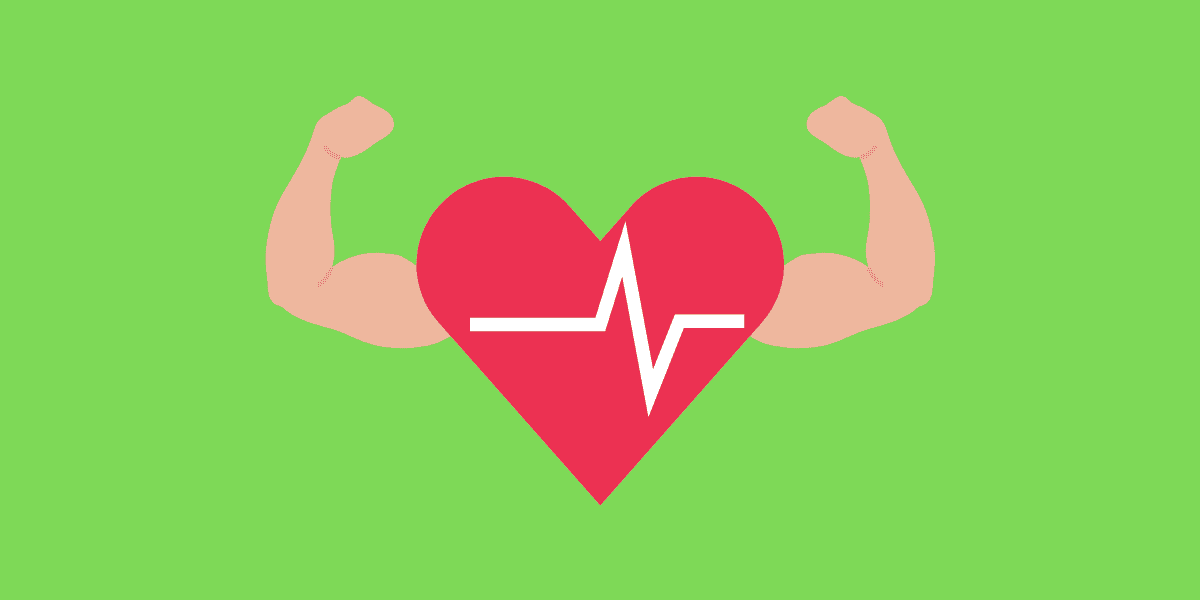
Alright, let’s talk about taking your fitness journey to the next level and continuing to improve, because hey, we’re all about progress here!
So, you’ve been crushing your workouts, seeing some gains, and maybe even shedding a few pounds of fat along the way.
But now what?
How do you keep the momentum going and avoid hitting a plateau?
Well, my friend, one strategy is to incorporate isolated exercises into your routine.
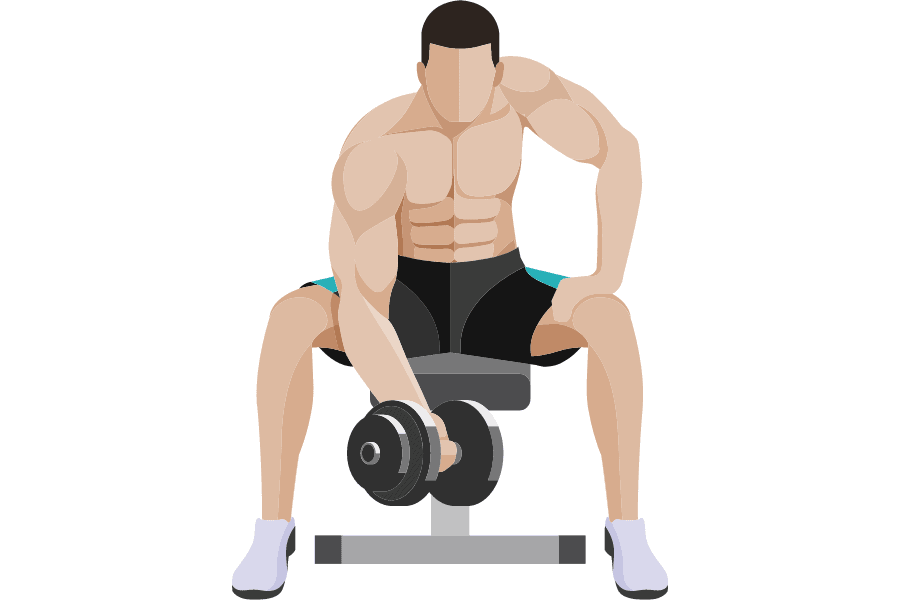
These are exercises that target specific muscle groups, rather than working multiple muscles at once like compound movements.
By honing in on individual muscles, you can strengthen any weaknesses, break through plateaus, and fine-tune your physique.
These are exercises that target specific muscle groups, rather than working multiple muscles at once like compound movements. By honing in on individual muscles, you can strengthen any weaknesses, break through plateaus, and fine-tune your physique.
Now, when it comes to HIIT, aka high-intensity interval training. It’s a killer way to torch body fat, boost endurance, and take your fitness to new heights.
But here’s the thing, your body is smart, and it adapts to the same level of activity over time.
So, if you want to continue improving your endurance and seeing results from your HIIT sessions, you’ve got to push yourself a little harder.

That means increasing the intensity, duration, or training frequency of your HIIT workouts as you progress. Whether it’s adding more weight, picking up the pace, or trying out more challenging exercises, don’t be afraid to step out of your comfort zone and challenge yourself.
Personally, 2 HIIT training days out of the week is enough for me to hit my physical goals. And you should do the same. If you want to get leaner focus on HIIT training volume, if you are more focused on muscle building and strength then heavy compound movements should be your focus.
Oh, and one more thing, don’t forget about recovery.

Building muscle and improving endurance is hard work, and your body needs time to rest and repair.
Make sure you’re getting plenty of sleep, staying hydrated, and fueling your body with nutritious food to support your active lifestyle.
So, there you have it, some key strategies for continuing to improve on your fitness journey. Whether it’s incorporating compound exercises, pushing yourself in your HIIT sessions, or focusing on recovery, there are plenty of ways to keep making progress and reaching your goals.
A Quick Summary
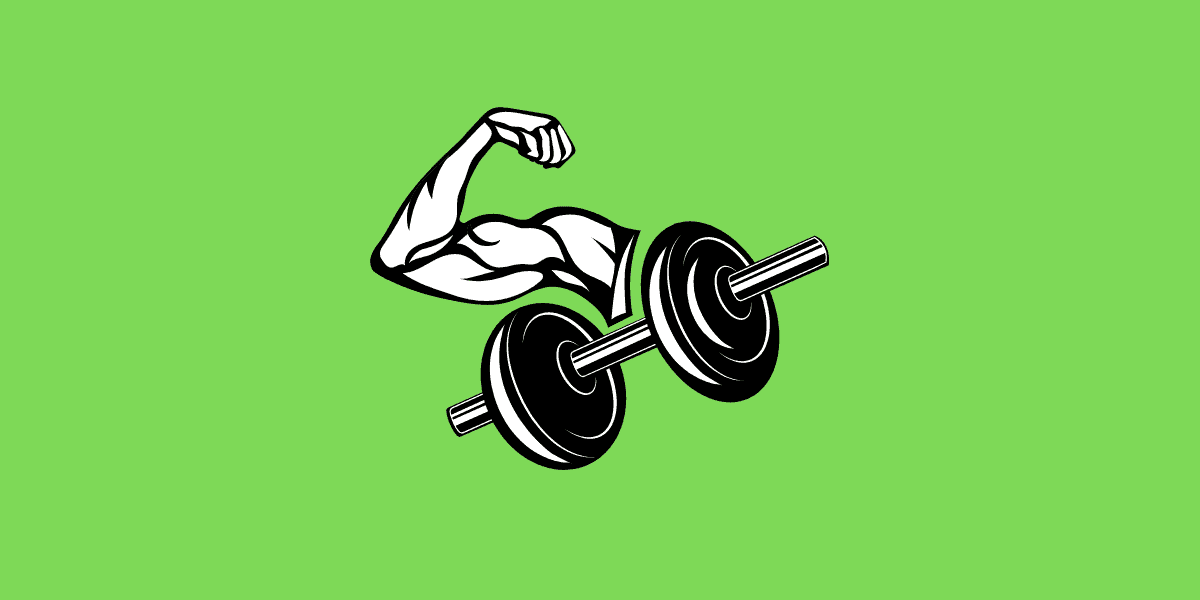
So, we’ve covered a lot in this blog post. We’ve talked about the training split I follow to reach your goals of losing fat and gaining muscle. We’ve also chatted about how compound movements can help you build strength all over your body.
And let’s not forget about the magic of HIIT! Seriously, it’s a game-changer when it comes to burning fat and boosting endurance.
Oh, and pushing past those plateaus? Yeah, I got you covered there too. It’s all about mixing in isolated exercises and gradually upping the intensity of your workouts.
So, keep up the awesome work, stay consistent, and remember, that progress takes time. You’re crushing it on your fitness journey, and I’m cheering you on every step of the way!
FAQs
What is a workout split?
A workout split refers to how you organize your workouts throughout the week, typically focusing on specific muscle groups or movements on different days. This allows for targeted training and optimal recovery.
Why is choosing the right workout split important for fat loss and muscle gain?
Selecting the appropriate workout split ensures that you’re maximizing your efforts towards your fitness goals. For fat loss, a well-designed split can help increase calorie burn and metabolic rate, while for muscle gain, it can promote muscle hypertrophy and strength development.
How did you determine the best workout split for fat loss and muscle gain?
The best workout split can vary depending on individual factors such as fitness level, schedule, and preferences. I experimented with different splits and tracked my progress closely to find the one that yielded the best results in terms of both fat loss and muscle gain.
What does your recommended workout split entail?
My recommended workout split involves a combination of compound movement resistance training and HIIT exercise sessions spread throughout the week. It focuses on targeting different muscle groups on different days while allowing adequate rest and recovery.
How often should I change my workout split?
It’s essential to periodically reassess your workout split to prevent plateaus and keep making progress. Depending on your goals and how your body responds to training, you may need to adjust your split every 3 months or so.
Can I customize the recommended workout split to fit my schedule and preferences?
Absolutely! The beauty of workout splits is that they can be tailored to individual needs. Feel free to adjust the exercises, days, and rest periods to better suit your lifestyle and preferences while still adhering to the principles of effective training.
Should I incorporate any other strategies alongside this workout split for optimal results?
While a well-designed workout split is crucial, it’s also essential to pay attention to other factors such as nutrition, sleep, and stress management. Combining your workout routine with a balanced diet and lifestyle will help you achieve your fat loss and muscle gain goals more effectively.
How long should I stick to this workout split before assessing its effectiveness?
Give yourself at least 4-6 weeks to gauge the effectiveness of the workout split. Consistency is key, so stick to the plan diligently during this time and track your progress regularly. If you’re not seeing the desired results, don’t hesitate to make adjustments as needed.
What diet do you follow for this workout split?
I stick to the cyclical keto diet most of the time. But on some occasions, I’ll eat more carbs on my heavy lifting days if I feel like I need the extra carbs. On my HIIT days I usually just stick to lazy keto.





